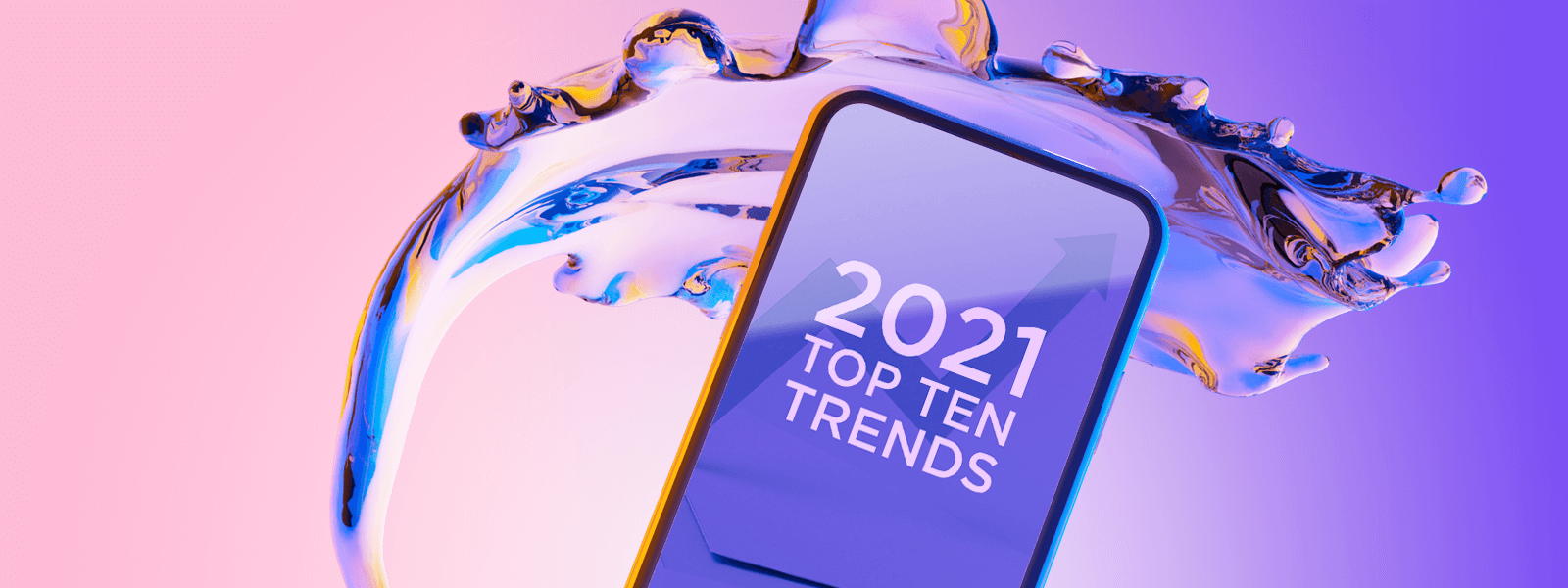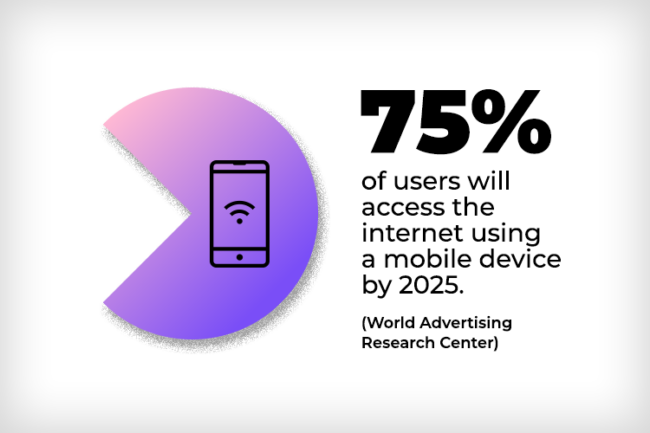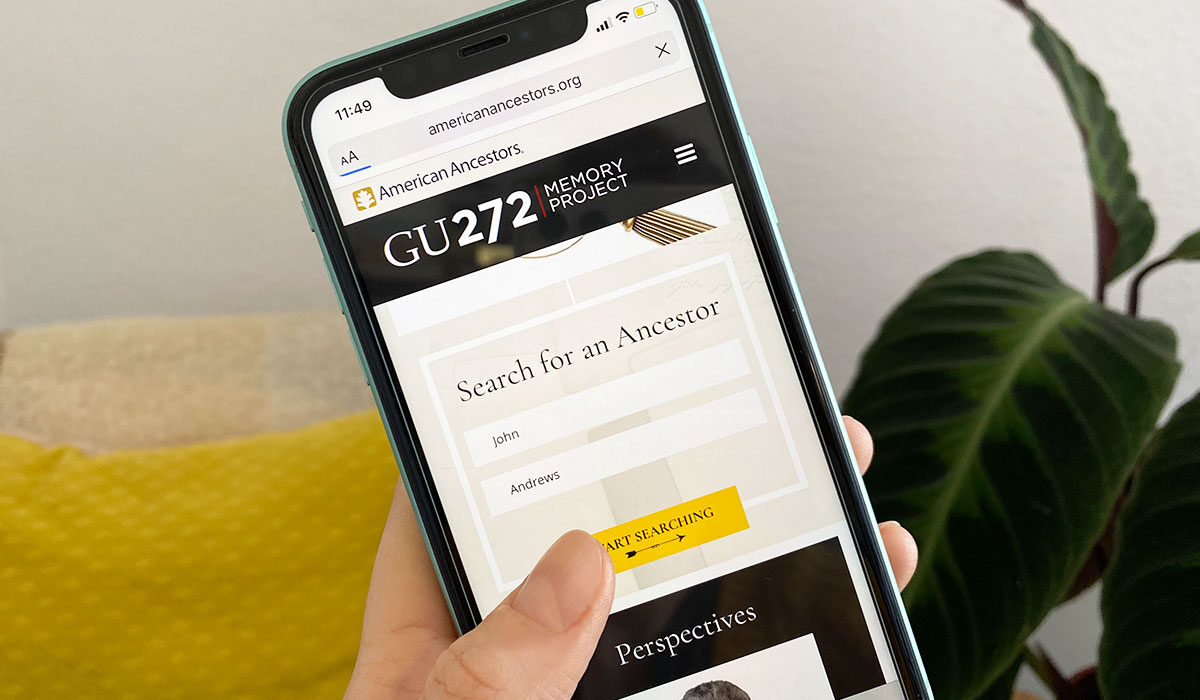Mobile Design Trends – What’s Incoming for 2021?
What does the year 2010 have to do with mobile design trends in 2021?
Remember 2010? You know, 2010. Toy Story 3 was flying high at the box office. Wikileaks… leaked. And Spain won the World Cup in South Africa.
Had you been checking the cinema times, peeking at official secrets, or keeping up to date with the scores, you’d most likely have done so sat at your desktop computer. And you’d have been in good company. In 2010, we carried out 95.9% of global internet searches this way.
But fast-forward to 2021 and the story is wildly different.
Just as that rampant, all-conquering Spanish team would eventually stutter and stall, so mobile substituted the desktop search. Now 55.5% of our searches are taking place on mobile phones.
It’s a dominance that will only grow. And that means keeping pace with mobile design trends is something businesses of every stripe and sector must do. Non-responsive websites – those that offer sub-standard mobile experiences – will have customers bouncing away, like spacehoppers, to competitors. And it’s a good bet these visitors won’t be hopping back to you any time soon.
The good news is it’s not so difficult to instead deliver a site that attracts mobile traffic, delivers a knockout experience and keeps visitors returning again and again.
Ready to shine on the small screen?
Let’s look at some hot incoming (and then a few established) mobile design trends your website must have and can’t do without.
1. Dark Mode: the Bright Idea for Mobile Sites
Dark mode, a feature that uses background colours of black or shades of grey, inverts the usual white UI of websites and pages.
It’s an innovation that’s growing in popularity, with Android, Apple and Windows all facilitating an optional shift to the dark side.
A Book at Bedtime
For mobile sites it’s a neat function to offer. Here’s why. Dark mode is, somewhat counter-intuitively, ideal for low-light conditions. And with bedtime browsing overwhelmingly experienced on mobile and tablet, it’s easy to see why it’s a winner. Dark mode conserves battery life too and, for enhanced UX, it reduces users’ eye strain. It also looks cool and plays into another trend: personalisation.
Of course, achieving a dark mode version of a website isn’t just a case of mellowing everything that’s bright. This design task calls for balance and subtlety.
At Hookson, as part of our website design services, we can develop a dark mode for your new or existing site.
2. Round the Corner
Expect to see more and more images and assets shedding sharp angles and instead showing off their curves. Hardware across iOS and Android mobiles have dropped right angles. Now watch the stuff on screen – images and graphics, design elements and backgrounds – heading the same way.


